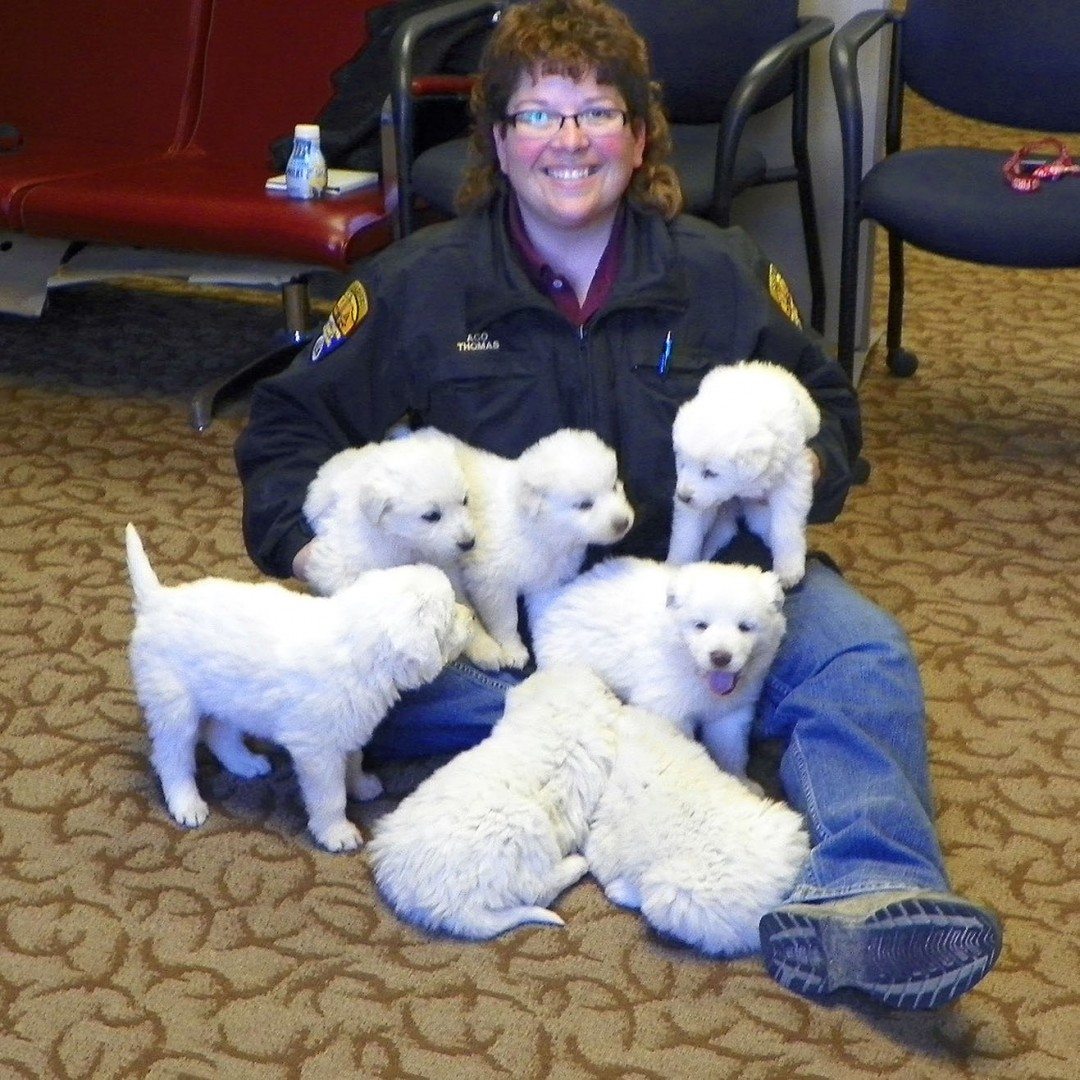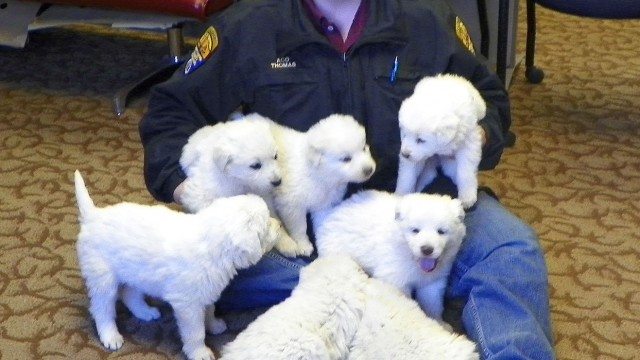
The Sweetwater County Sheriff’s Office is warning people not to pick up large dogs in remote areas, because they may be working sheep dogs.
Sheriff Mike Lowell said in a release that several border collies and Australian shepherd dogs were recently picked up near the Tata Chemicals Plant west of Green River. The dogs were reported by people who were concerned for the dogs’ well being, especially in the harsh winter weather.
It was determined that the dogs weren’t abandoned, though. They were actually working sheep dogs that belonged to a sheep cam about three-quarters of a mile away.
County Animal Control Officer Chris Thomas explained the problem.
“People pick these dogs up and bring them in with the best of intentions, but once they’ve been removed from their working environment for any amount of time, they often lose their working skills. Often, too, these sheepherder’s dogs are females that may have litters of pups hidden somewhere,” Thomas said in the release.
In one incident two years ago, A Rock Springs woman found seven Great Pyrenees puppies in the bottom of a gulch in a remote area south of town. She took them home, fearing they were abandoned.
After the puppies were reported to the Sheriff’s Office, it was determined that the mother was from one of the sheep camps in the area. The pups were reunited with their mother.
Officials ask that people encountering large dogs in remote areas not pick them up or feed them, but note their location and notify the Sheriff’s Office. County animal control officers can then go to the scene, assess the situation, and take appropriate action.


